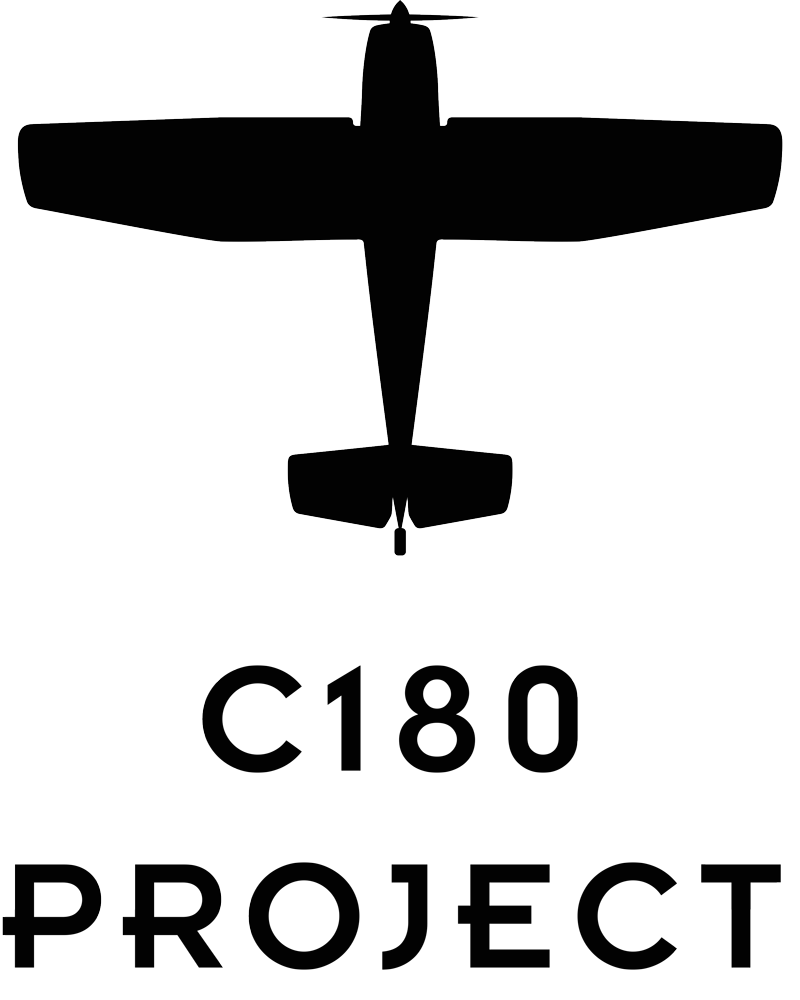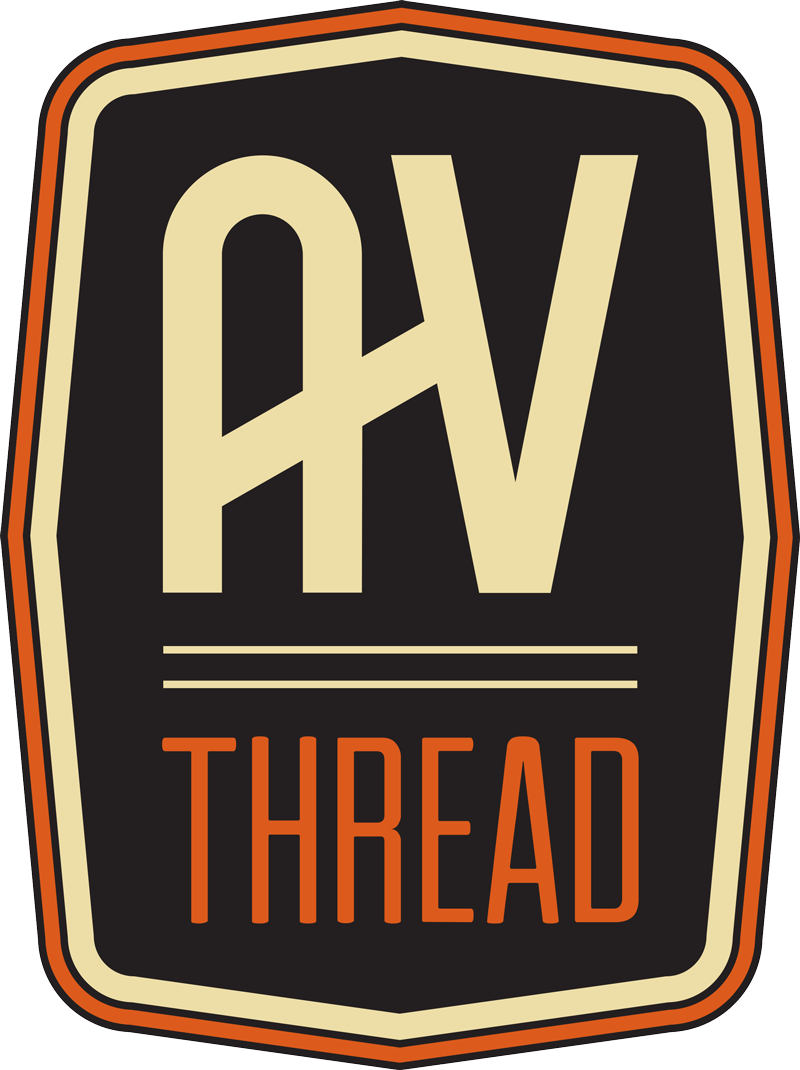Progress. Polish & Illumination…
April 18, 2014

Some more good progress today… Had some friends lend a hand and we got to polishing the tops of the wings. Hit em pretty hard with Nuvite F9 as they were/are pretty rough. Polishing ain’t no joke… After the F9 pass, we still have to hit it with “C,” and then finally “S.” She’s never gonna be a 1 foot beauty, but at ten feet she sure is starting to look nice. (dreading the underside)


Also got the AeroLED Sunbeacon runnin up on the top of the vert stab along with a LED bulb in the tailcone. Its nice as it syncs with the NSPs on the tips. The vStab fairing for the light was courtesy of Willie and Stene Aviation.
AeroLEDs installed…
April 15, 2014
A pic of the Aeroled landing and taxi in the wing.

Sportsman Finished…
April 11, 2014
Well I’m happy to say that the is finally F-ing finished. Life really got in the way over the past couple of months, but its finally finished. Part of the time suck on the project was due to being super anal, but in the end, it was worth it. Since the wings will be polished, I painted the fiberglass parts the same silver Imron that I used on the gear legs. Matches polished alum pretty well. Here are some detail pics over the last week. They are a bit incongruous, but its what I got…






N# Change…
April 2, 2014

Well the paperwork is finally complete and I can officially change my N# to my own number. Took a shit-ton of time, paperwork issues and delays (due to the gov shut-down,) but my N# is now personalized… Late, but thanks FAA-

In a nutshell, the first step is to see if a number is available. Then you reserve it for $10. Next step you submit the application with another fee, and wait…. If you want info on the process, here is the link:
Sportsman Install…
March 31, 2014
This weekend I was able to get back on the Sportsman install, cutting and fitting the right wing. Everything is now cut and cleco’d with #10s. I should be able to get the detail work done tomorrow/Tuesday. I’m about half way there with the install. Sure is a bitch trying to make it perfect…





More Paint…
March 14, 2014
Got back into the paint booth and finished up the last bits of painting (ailerons and flaps.) It’s a bit more of a pain in the ass shooting base/clear, but it sure does look nice. Hung the elevators, ailerons, and RMD tips today. I scanned the artwork from my orig parts book and cut the “CESSNA” logo out of flat black vinyl for the outboard tips.
Im sold on Aeroled, and installed them all around. LED landing and taxi in the stock location, and two landing in the tips. They are nice cuz they have the wig-wag feature built in so no need for additional boxes like MaxPulse. For strobes, I installed NSPs on the tips with a Sunbeacon on the tip of the V-stab along with the belly. They are all sunc and discharge together. I’m going to look like a G-damn UFO. F-ing bright….
Next step – VG’s for the leading edge on the Sportsman.






More Sportsman Progress…
February 25, 2014
Slow and steady…


Pitot Static IFR Check…
February 14, 2014
Got the pitot/static IFR check done. One step closer…


Lev-O-Gauge…

One of the things I always am concerned about when off-airport is parking on a slope. If one wing is higher than another, it is often common for fuel to run from one wing into another creating a weight imbalance. If your tanks are full-ish, fuel can even pour out of the vent onto the ground… Not a good surprise when you are out there and were counting on the fuel to get you home.
To combat this, I had some fun and stuck a level gauge on the panel. Of course since its not certified, it’s velcro’d on.
Sportsman Cuff…
January 28, 2014
Next step on the Sportsman install was to box out and WX proof the section between the nose blocks around the cabin air vents. This is done by cutting the provided foam to fit between the blocks on the left and right side of each vent, and sticking them into place with the provided RTV. Once installed, you cover the foam with RTV to make the cavity water tight.
Once this is done, mark the center of each vent as well as the stall reed on the top of the wing (far enough aft as not to get covered by the new cuff.)



Kick Panel Area…
January 26, 2014
I got an eMail requesting some pics of the kick panel/pedal area… Here you go!


Sportsman Continues…

Some more progress on the Sportsman today…
First step was to get a coat of zinc chromate on the skin where the blocks will be affixed. Next, test fit each block using the specific station templates and tape into place. Once fitment is ensured, mark each location, scuff, apply adhesive, and float each block into their final resting place. Register each block again with the template, then tape into place and wait for drying.
The holes in the leading edge were from the old OWL cuff that was removed. These will be buried under the new cuff as it is much larger. In looking at the second to last pic, you can see just how much more leading edge is added with the Sportsman over the stock wing. Crazy…
So far so good!






Sportsman Cuff…
January 23, 2014
Originally the Sportsman cuff was purchased for the C170, but once it was decided what was really needed was a C180, the cuff was put to the side until there was a Skywagon to install it on… Fortunately the two aircraft have basically the same wing (the cuff is the same,) and after two years of waiting, its finally time to get the cuff installed.
The old Owl cuff has been nixed, and the Sportsman install has begun. First step, cutting the templates out. Spray glue the paper on the Masonite cover (of the shipping box) and then cut em out with a jigsaw.



More Stripping…
Well, after some odd 200 hours of labor, I can say the nightmare is over and the stripping is finished. After trying several brands and countless of hours I think I can say the best of all is the aforementioned D-Zolve.
As I posted above, I had thought the D-Zolve was junk, but on the home stretch we used it on some (what I thought) impossible to strip paint. After wrapping it in plastic and leaving it for three days, the paint just sloughed off.
Here’s the rub… The stuff is the stinkiest of any chemical I have ever used. Not only does it smell, but it lingers and lingers and lingers. Even just having the bucket open to the air causes your friends and family to run for the hills. If you have a heated hanger, with a floor drain, go for it. If you share a hanger or have other units attached to yours… Forget it! Of course if you can spray the stuff outside and then try to wrap it somehow, this might work really well. The key is TIME. You must let it sit for 24-48 hrs to really work. But I warn you… Stink stink stink.
For me, my stripping days are OVER. I don’t like to say never… but I’m pretty sure I will never strip another airplane. I’m super glad I did it, but once is enough for me~



Strippers…
January 15, 2014

Re-thinking strippers…
I have tried all kinds of product searching for the best (easiest) way to strip. Now that its almost completely over it really doesn’t matter, but I had been struggling with one last problem.
It seems that the paint used on my flaps and ailerons was a much different paint than on the rest of the airplane. No matter what product I used, nothing would work. I was about to sand and soda blast them but thought I would revisit one product I thought was junk.
There is a stripper by Solvent Kleen called D-Zolve that I had tried early on. The company is right here in MA so I drove over to their warehouse and bought a 5 gal bucket. It was about $250 and the rep raved up and down that it was the bomb diggity etc… With enthusiasm, I gave it a try on a couple of test samples by brushing it on. 24hrs later, no joy. I called em up to complain and got no sympathy. In truth, I didn’t follow their instructions completely. 1) I didn’t shoot the stuff on with a gun, and 2) my shop was not near the 80+ degrees or so they wanted me to apply in.

I tried another couple of small tests with the same luck, and came to the conclusion that it would have been just as good to use oatmeal. Another complaint I had was that even though it was supposed to be “environmentally friendly,” the crap stunk so bad It was overwhelming, and hung around for a week.
Fast forward to the other day when I was scratching my head RE: the super-paint on the flaps/ailerons. I thought what the heck… I’ll give the D-Zolve one more try and did a small test. This time I wrapped it in poly and left it for 36 hrs.
To my surprise, when I came back and checked, it had removed all the paint. Way cool…
So this AM I brought both flaps and ailerons into the back of my office, cranked up the heat and went to town painting the stuff on. I wrapped them in plastic and am now letting them sit. Hopefully by Friday they will be stripped.
Downside: I used way more than I probably needed by brushing it on. Its pretty thick so difficult to get a nice even (thin) coat on by hand. Also, my landlord just came over and complained… (The stink has moved thru the industrial park.)
Net net: Looks like this might be the best solution for stripping (if:) you have an unattached hanger with a floor drain, ability to heat it up, have water in the hanger, and can spray the stripper on w/out getting it everywhere.

Weight…

What self respecting OCD lunatic would not weigh his buggy before a project like this.
It was really important to get a benchmark prior to starting all this madness. Shortly after flying it back from CA I got it up on the scales. She was actually 81lbs heavier than the 30 year paper WB (no surprise.)
The one thing I did before weighing her was install the baby bush and 8.5x10s. I flew it a bit that way before I started the tear down and in that config she was 2303 (this includes 79gal full fuel and full oil.)
So the real question will be what will the magic number be as there was a lot of shedding that went on. 20-30lbs in battery, 30lbs in avionics, 55lbs of interior, 35lbs in back seats, 10-25 lbs of paint, etc etc etc… I guess in the end it really wont matter a hill of beans, but If I can keep her under 1800lbs with bush tires I will be tickled.
Pulling Flaps…
January 13, 2014

99% done with stripping, and in the spirit of never ever getting the Skywagon flying again, I went ahead and pulled the flaps and ailerons. It’s gonna be sooo much easier to strip the back side of the parts. Also a great time to replace the flap rollers.
I have made a decision on the final paint job. Wings will be polished, with painted flaps, ailerons, WingX and Tips.
Back in the 80’s, someone installed an Owl Cuff (Horton.) Of course like everything else, I couldn’t leave it alone, and it was pulled over the weekend. The Owl came off super easy with no drama. Should be pretty easy as the Sportsman has a bit more material and will bury all the old Owl rivet holes. Looking forward to the install!

PPonk Kit…
December 31, 2013
The addition of the famous PPonk MLG kit often is fertile food for debate.
To Ponk or not to Ponk, that is the question. There are plenty of arguments against, and plenty for… Generally speaking, those against claim that if a failure happens and your Ponk’d, it tends to become catastrophic ripping the entire gearbox out. If this happens, the aircraft is usually a total loss as several of the components damaged are no longer source-able. This is a photo of (what was a beautiful 180) from just such a crash.

The counter argument says that if you are to bung it up with enough energy to rip out the entire Ponk’d gear box, that the aircraft is going to get totaled regardless. It’s a fun game of what ifs and maybes, but in the end, who really knows.
Personally, I went ahead and installed the kit… which leads me to this post. Just what is a PPonk kit?

PPonk is Knopp spelled backwards. Steve Knopp (who has been around for a long time) has been a really great resource for me and a big help. The kit is a very well thought out kit, with simple easy to use instructions. Steve will tell you that they install both sides in 3-4hrs, but for someone who has never done it, it might be the better part of a leisurely day.

Steve sells his “special” stubby drill bit, which although not impossible to find/make, for less than $10 price, its worth just buying from him.
Here is the basic install in a nutshell (again, this description is just for fun and in no way is meant to represent the proper PPonk installation instructions!!!) Get the aircraft off its sneakers. (Having a friend with a hoist in his hanger comes in real handy at this point.)

Remove the MLG or “Jesus Bolt.”


(this is a good time to totally remove the gear for inspection, and if you are so inclined, a fresh coat of Imron) Set the Ponk bracket on top of the MLG and install the new provided AN bolt with making sure to use the old nut.
Using a 90 degree drill, provided drill bushing and provided bits, drill thru the gearbox. Remove the Ponk bracket and chase the holes with the larger bit. Debur and alodine.

Locate proper landmarks on floor inboard of inspection port and rivet line. Using a pilot and then step up drill, open a new access hole.

This new hole is now used to feed bolts thru gearbox and then thru Ponk bracket. Note: Bolt heads go inboard to outboard. This step is a PAIN IN THE ASS. Bring a mirror, lighted mechanical picker, magnet and plenty of God damn patience! If your AP/IA is inherently lazy, do not let them drill a second hole in the floor. I assure you that ALL the bolts can be installed via this little 7/8 hole, it just takes a bit of time.
Reinstall the bracket with new AN bolt and, washer and locknut. Torque your bolts down, cap the new access hole with the bung provided, and drop her down back on her sneaks. Easy pezy lemon squeezy…
Now if your real slick, there are a couple of forward thinking steps you can do before you drill them holes. For instance, this can also be a good time to fix any wing level issues. In my case, the aircraft had a 3/4 dip to one side. To deal with this issue, I machined some shims on the Bridgeport to stack under the low side. There is some math involved, but this is a good step for the anal OCD’ers. I cut several 0.20 and 0.10 shims to make sure I got it right. Took several tries, but she sits dead nuts on now.

Another thing to think about here is possible downstream gear upgrades. We all know that folks upgrade their MLG. Whatever we have, there is always one step up. I dont think my wallet could handle it, but before the gearbox was drilled, I spent some time on the phone with Tom Anderson of the Landing Gear Works. http://www.thelandinggearworks.com/
Turns out that his Titanium gear are a bit thicker than the stock Cessna 180/185 gear so if you ever want to upgrade to Tom’s “golden gear,” you should make provisions before you drill. Now Steve will tell you that he designed his brackets to have room for machining (90 thousandths,) but just in case, we decided that we would go ahead and shim the Ponk bracket up the exact height of the Titanium gear so that if I ever got real crazy, I would have the ability to install them.

Anyway… Its a bit of a ramble, but I hope this is info is useful to you guys.

Stripes and Vynal…
December 30, 2013
As I had previously mentioned, the harsh line of the red against the polish on the vert stab was bugging me so I ended up painting a small stripe. Today I finally got the stab bolted on. I’m really happy with the aesthetic.
I also had my vinyl guy cut a bunch of stickers for me and have been having some fun. I scanned the orig Cessna parts book and was able to create the “Cessna” and “Skywagon” graphics. I also had him cut the black-out for the cowl. We tried to go much wider, but the compound curve was giving us problems. Still looks kinda cool I think. I’ll see when its installed on the Wagon. (nice thing about vinyl is you can always pull it off!)



Micro VGs, Part 2…
December 22, 2013
As mentioned, its pretty simple. (Of course this post is just for fun, truncates the full instructions, and is in no way meant to instruct one on the installation of Micro VGs. Please follow their directions)
First find the landmarks in the drawing, in my case, 3″ from the trailing edge of the horiz stab.


Use masking tape to lay down a reference line with the thread provided.


Find another landmark and lay out the VG templates. Once the sticker is on, use the provided Scotch Bright to prep the surface for adhesion.


The VGs are adhered with a two part Loctite system. First, spray the activator on the surface (small aerosol can,) then place one drop (only one drop) on the bottom of the VG.


Spread the adhesive across the bottom of the VG press it on the flat surface and hold for a couple of seconds. Once they have set up, do a cursory clean of the excess material, and remove the green template.

Once the templates have set and you have waited a bit, clean the remaining Loctite for a nice install.






















































































